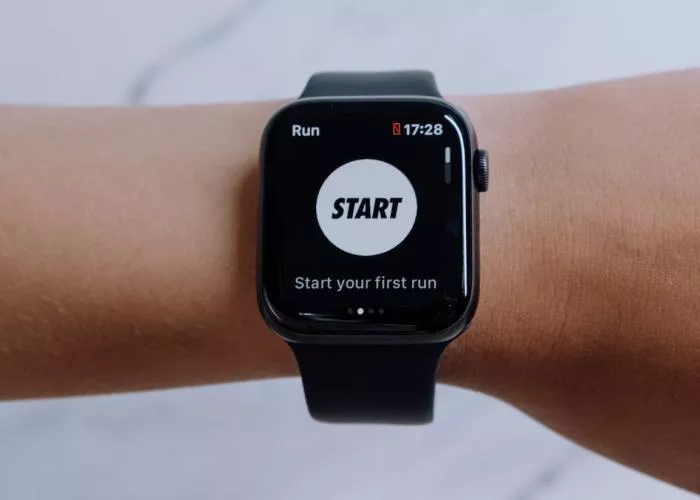Four years after the release of the Whoop 4.0, the company has unveiled two new health wearables—the Whoop 5.0 and the Whoop MG. While traditionally favored by professional athletes and fitness enthusiasts, the latest models aim to attract a broader audience of health-conscious consumers willing to invest in premium wellness technology.
Like other fitness trackers, the new Whoop bands monitor sleep, activity, and recovery. However, they also introduce groundbreaking features, including wrist-based blood pressure monitoring, ECG for atrial fibrillation detection, and clinician-reviewed health reports. The brand appears to have curated the best aspects of leading wearables—such as the Apple Watch, Oura Ring, and Samsung Galaxy devices—to create its most advanced lineup yet.
Two Models, Different Specializations
The Whoop 5.0 focuses on general health and fitness tracking, while the Whoop MG (Medical Grade) includes medical-level capabilities like ECG and blood pressure monitoring. One of the most notable additions is Advanced Labs, a subscription-based service that lets users schedule blood tests and consult clinicians for personalized health insights. Though not available at launch, early adopters can join a waitlist for access—a feature reminiscent of Withings’ Cardio Check-Up, which connects users with doctors for heart health evaluations.
Cutting-Edge Health Metrics
The blood pressure monitoring system requires initial calibration with a traditional arm cuff but later operates independently from the wrist—similar to Samsung’s Galaxy Watch 7. Meanwhile, Healthspan, developed in collaboration with the Buck Institute for Research on Aging, assesses nine biometrics to determine a user’s physiological age. Comparable to Oura’s cardiovascular age metric, this feature provides insights into whether lifestyle habits are accelerating or slowing biological aging.
The Heart Screener on the Whoop MG detects irregular heart rhythms, including atrial fibrillation, allowing users to share data with physicians. While ECG functionality is already available on devices like the Apple Watch and Google Pixel Watch, Whoop’s integration enhances its appeal as a comprehensive health tool.
The Evolving Role of Fitness Trackers
Whoop’s latest innovations reflect a broader industry trend where fitness wearables are transitioning into full-fledged health companions. Competitors like Oura now offer continuous glucose monitoring, while Withings provides direct clinician access through its Cardio Check-Up service.
Additional upgrades include a 14+ day battery life, a more compact design, refined sleep tracking, a faster processor, and improved data accuracy. Whoop also introduced three subscription tiers:
One: Basic sleep, strain, and recovery tracking, plus VO2 max and heart rate zone insights.
Peak: Adds Healthspan, Pace of Aging analysis, and stress monitoring.
Life: The most comprehensive plan, though full details remain under wraps.
With its blend of elite athletic tracking and advanced medical insights, the Whoop 5.0 and MG position themselves as formidable contenders in the wearable tech market—bridging the gap between fitness and healthcare.


